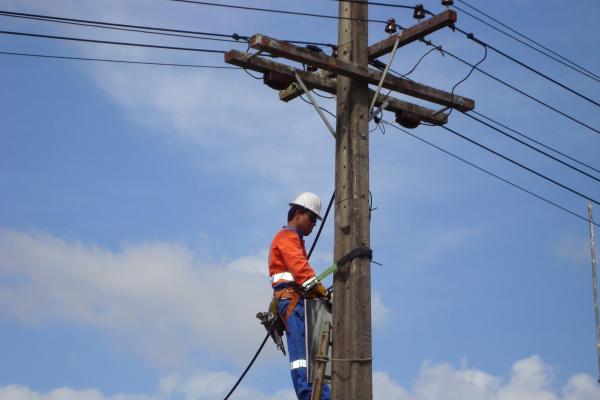Published on the 16/07/2014 | Written by Newsdesk

Telecom is making clear moves to diversify its offerings and survive in a digital age, making a large number of announcements in the last month, including naked ultra fibre services and, this week, new 4G services over its new 700MHz spectrum…
Telecom launched 4G services using its existing spectrum in the 1800 MHz range in New Zealand’s three main metropolitan areas in November last year, following rival Vodafone’s launch of 4G in February 2013. Both companies have since been extending their 4G footprint into other parts of New Zealand and, following the finalisation of the Government’s auction of the 700MHz spectrum, are now able to leverage the superior technology.
While Vodafone appears to have been the first to launch 4G on the 700MHz, Telecom owns the largest block of 700 MHz spectrum having won the final Government auction in January, investing all-up $158 million – more than double that of its competitors.
Telecom’s Chief Operating Officer David Havercroft said the win “has given us the confidence to accelerate our plans to roll out 4G services on 700 MHz”. According to him the superior performance and economics of the 700 MHz spectrum band will allow it to do a more extensive and rapid rollout of 4G mobile broadband services in less densely populated and rural areas.
From late August Telecom’s 700 MHz network will be open for commercial traffic with 11 cell sites on 700 MHz across the Waikato region where it has been trialling the technology since May, including central Hamilton, Morrisonville and the surrounding areas. By Christmas the rollout will extend to what Telecom is referring to as “a number of other initial target areas of high rural demand for mobile broadband services”, including some RBI sites.
Interim CEO and board member for the Telecommunications Users Association New Zealand (TUANZ) Chris O’Connell said the launch is “classic Telecom”.
“They have to launch with a national roll out in mind, Vodafone needs to convince their Auckland-centric customer base that they are first yet again.”
He said that despite the launch we are unlikely to see a big spike in 4G uptake until more devices are available, in particular the iPhone 6 and whatever Samsung Galaxy gets 700MHz support.
“I think the devices that will create a real spike are the data centric ones like USB sticks and personal 4G/Fast wi-fi hotspots. I can see these as urban lifestyle essentials but the cellular GB price of data has got to come down to a dollar or less!” he said.
Telecom said it expects to have approximately 10 mobile devices that are 700 MHz-compatible by the end of the year.
When asked what he thought of the recent flurry of announcements from Telecom, O’Connell replied that the company obviously has a clear strategy and is moving to execute it. “The challenge is taking their customers with them, they have a long history as the ‘default’ choice telco so they have to move with the middle of the market.
“They are ticking the right boxes though and I think they are well placed to compete strongly.”
Last week Telecom announced it had launched Naked Ultra Fibre, offering customers “lightning fast fibre speeds” without paying for a home phone package from just $55.
Telecom’s general manager of home, mobile and business, Jason Paris said at the time: “The popularity of our naked broadband product has been growing steadily amongst customers since we launched it late last year – so offering a superfast version is the logical next step.”
For O’Connell it’s all still “just positioning talk”, however he thinks the $55 could well be a sweet spot. “The real challenge is to differentiate fibre from copper offerings. I think once people get through the UFB install hurdle it’ll be a one-way street. Vodafone also has an incentive to sweat their own copper investments in the exchanges that they and Telstra Clear unbundled.
“Longer term there’s no doubt the future is UFB & 4G for Telecom/Spark. LightBox shows they know we’re headed for a fast, uncapped future which is getting harder to deliver over copper. But let’s not forget that Vodafone is now New Zealand’s most vertically integrated telco, with the broadest range of services and all the pieces of the broadband stack under its own control. As they transition from adolescence to adulthood in a corporate sense can they hold it together?” he said.
Following the final round of the Government auction for the 700MHz spectrum the results are as follows:
- Telecom: 2×20 MHz (four blocks)
- Vodafone: 2×15 MHz (three blocks)
- 2degrees: 2×10 MHz (two blocks)



























